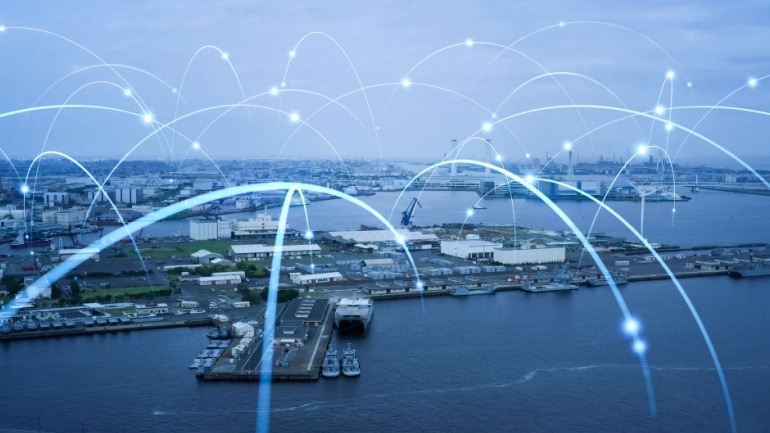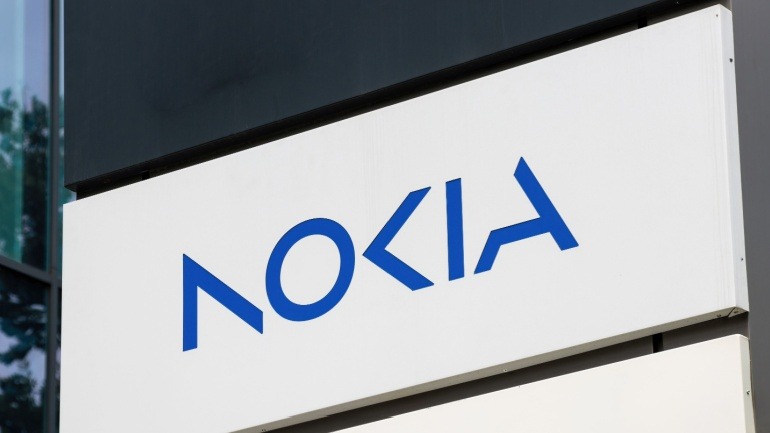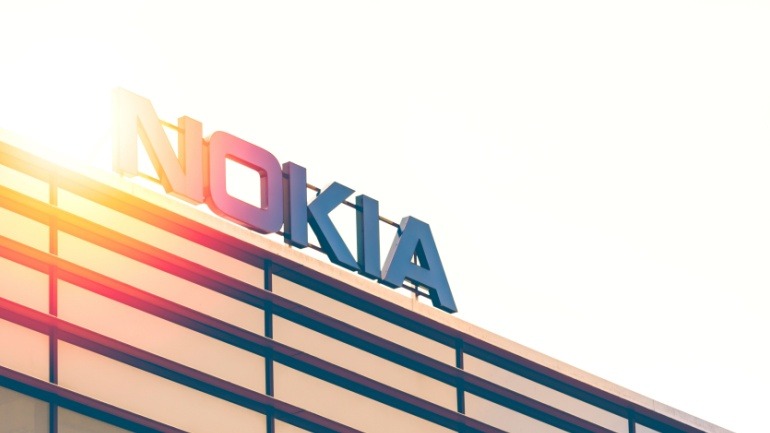Nokia has signed a major private wireless agreement with global shipping giant Maersk, marking a significant step in maritime connectivity. Though financial terms remain undisclosed, the deal will see Nokia deploying its private wireless solutions across 450 Maersk-operated vessels, including both owned and chartered ships.
The goal is to modernize Maersk’s onboard infrastructure, enabling enhanced tracking and monitoring capabilities for cargo, particularly sensitive goods like perishables that require temperature and humidity oversight. Nokia’s mobile network will provide a unified, secure environment that supports thousands of IoT devices, offering real-time data on cargo conditions and locations whether at sea, in port, or on land.
The Finnish tech firm will supply hardware from its compact small cells lineup, including specialized antennas and a vessel-mounted radio core that communicates via satellite backhaul. A centralized network management system, installed at Maersk’s operations center, will give the logistics firm a comprehensive view of network activity, aiding in both monitoring and maintenance.
Nokia has already begun the rollout and aims to complete deployment by the first quarter of next year. The contract reflects Nokia’s leadership in the private wireless space outside of China, particularly in the logistics and transport sectors where demand for IoT integration continues to rise.
According to Dell’Oro Group, private wireless RAN revenue is forecasted to grow significantly through 2029, while public RAN revenue is expected to decline slightly. This trend has traditional RAN vendors like Nokia, Huawei, and Ericsson aggressively expanding in the private sector.
Maersk believes the platform will significantly improve operational efficiency and supply chain visibility, particularly for its refrigerated cargo. The network is designed to be scalable and future-proof, positioning Maersk to meet growing digital demands in global logistics.







